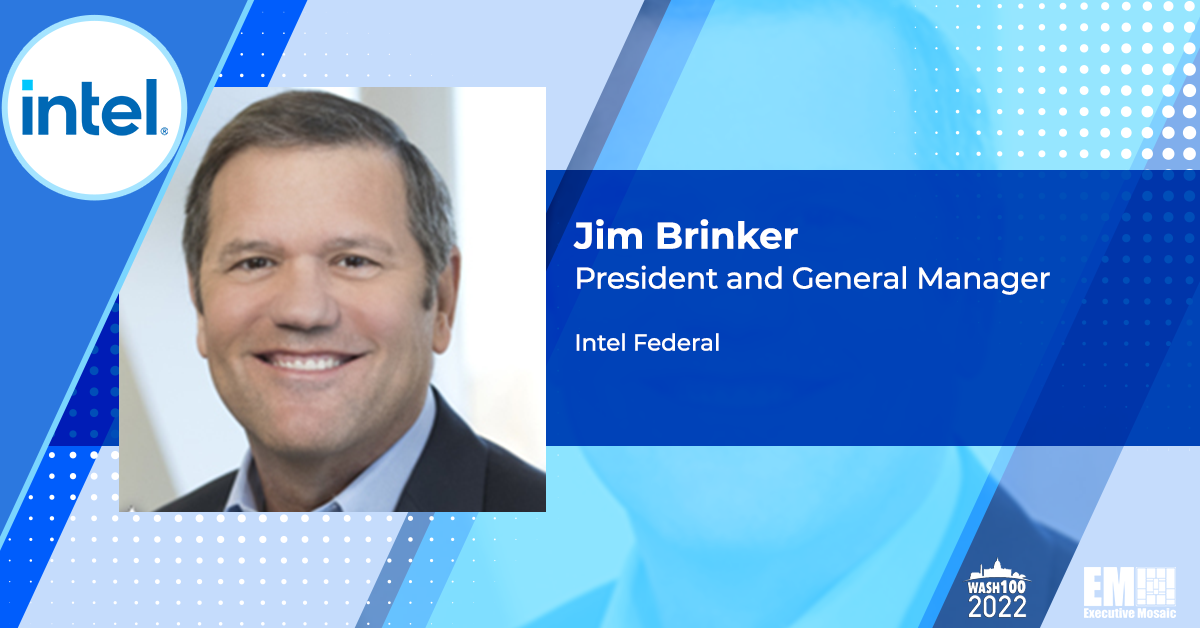
Hewlett Packard Enterprise (NYSE: HPE) has agreed to acquire Cray (Nasdaq: CRAY) for approximately $1.3B in cash, or $35 per share, in a move to expand high-performance computing technology offerings.
HPE said Friday it expects the deal to conclude by the first quarter of its fiscal year 2020 and to shoulder one-time integration costs that will be taken into its free cash flow outlook of $1.9B to $2.1B for FY 2020.
œAnswers to some of society™s most pressing challenges are buried in massive amounts of data. Only by processing and analyzing this data will we be able to unlock the answers to critical challenges across medicine, climate change, space and more, said Antonio Neri, president and CEO of HPE.
Neri said Cray is a technology leader in supercomputing and its combination with HPE allows the latter to further drive the next-generation of HPC capabilities.

œThis is an amazing opportunity to bring together Cray™s leading-edge technology and HPE™s wide reach and deep product portfolio, providing customers of all sizes with integrated solutions and unique supercomputing technology to address the full spectrum of their data-intensive needs, said Peter Ungaro, president and CEO of Cray.
The companies expect the transaction to deliver cost synergies and offer opportunities for revenue growth through the launch of new HPC-as-a-service, machine learning and artificial intelligence offerings with HPE GreenLake; provide next-generation tech designed to address data-intensive workloads; and expand client base with a complementary presence in academia and federal business.
Cray recently received a potential $600M contract from the Department of Energy™s Oak Ridge National Laboratory to develop an AI-based exascale supercomputer, Frontier, using its Shasta architecture and Slingshot interconnect platform.
In March, DOE tapped Cray and Intel (Nasdaq: INTC) to build and produce a supercomputer “ Aurora “ for Argonne National Laboratory under a contract worth over $500M.
Cray also secured a potential $146M contract from DOE to develop for the Lawrence Berkeley National Laboratory the Perlmutter supercomputer intended for large-scale data analyses and simulations.





